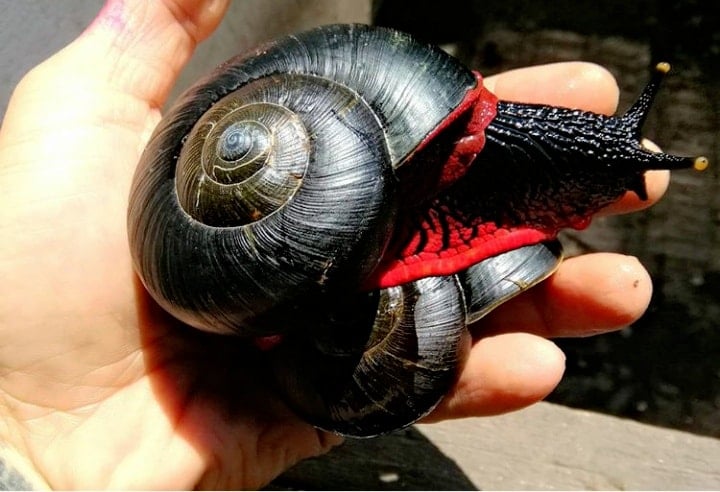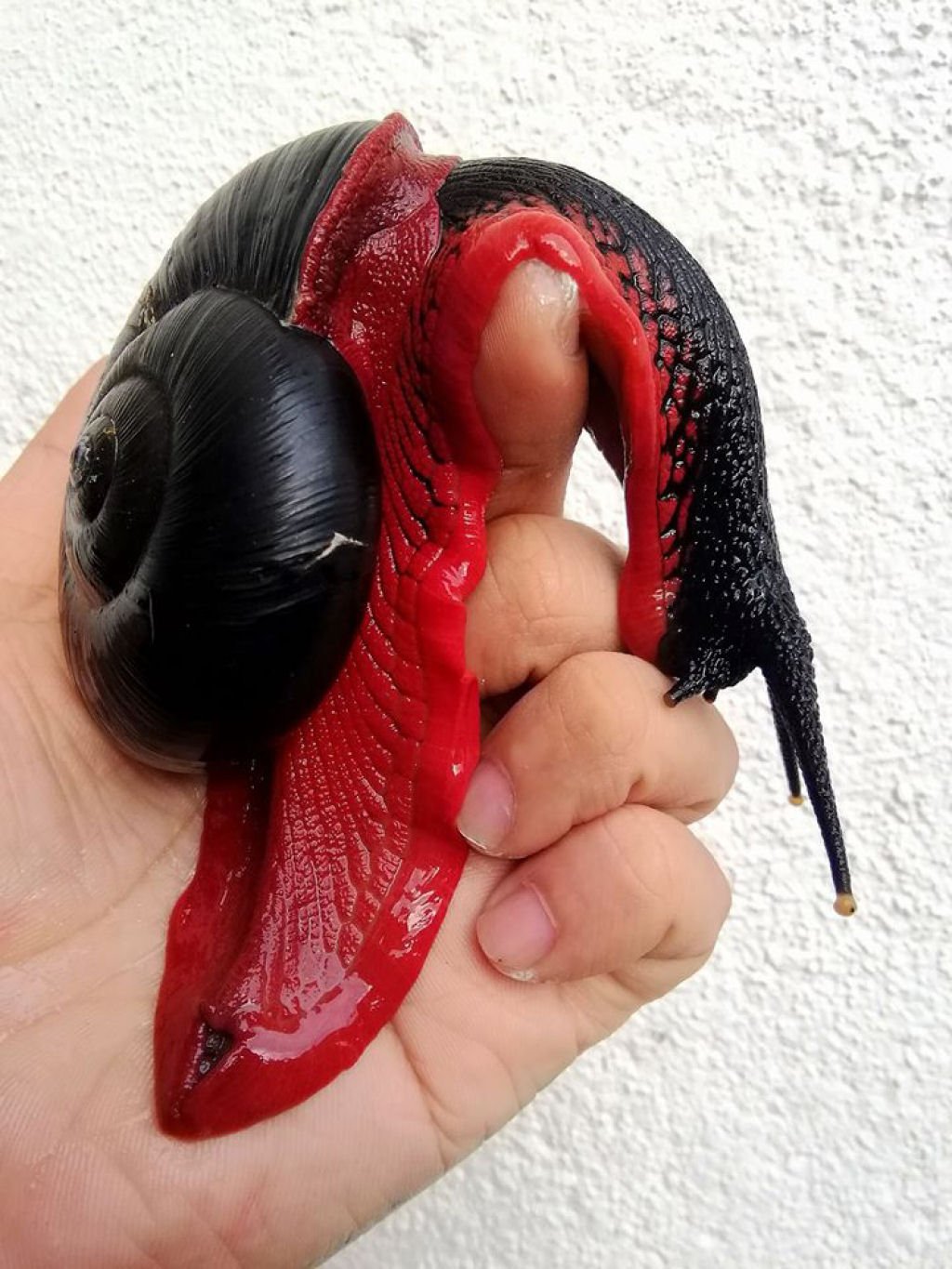


In part, its spread has been deliberate as people have taken snails home as a novelty pet. Originally from East Africa, the Giant African snail is now damaging plants in many countries overseas. Snails also pose a threat to human health because they carry bacteria and parasites that can be transmitted if handled with bare hands or eaten. More than 500 plant species would be targeted by the giant African snail, including most vegetables, legumes, ornamental plants, banana, citrus, even tree bark and the natural environment. Its voracious (wanting to eat lots of food) appetite makes it one of the most damaging land snails. There are five species of overseas snails that have been identified as National Priority Plant Pests, with the giant African snail ( Lissachatina fulica) topping the list. While they’re slow moving they can spread widely by stowing away on plants and goods being moved around. Keep it outĮxotic snails can be highly invasive, impacting on agriculture, human health and biodiversity. If you have difficulty accessing these files, visit web accessibility for assistance. Pest and Diseases Image Library, .Īustralian Chief Plant Protection Officer, Dr Gabrielle Vivian-Smith, provides an overview of the Giant African Snail The giant African snail is one species of exotic invasive snails that would damage crops and the environment if it established here. How they spread: Stowing away on imported goods or packaging illegal importation as petsĪt risk: Over 500 plant species are at risk from exotic snail species including fruit and vegetables nurseries and rice natural environment and humans Where they're from: Asia, Africa, North America, Central America, Caribbean, South America, Oceania


It was reintroduced in 2011, and eradication efforts were completed in Broward and Miami Dade counties in Florida in 2021. GAS) was first found in southern Florida in the 1960s, and it took 10 years and $1 million to eradicate it. The Giant African Snail (Lissachatina fulica or


 0 kommentar(er)
0 kommentar(er)
